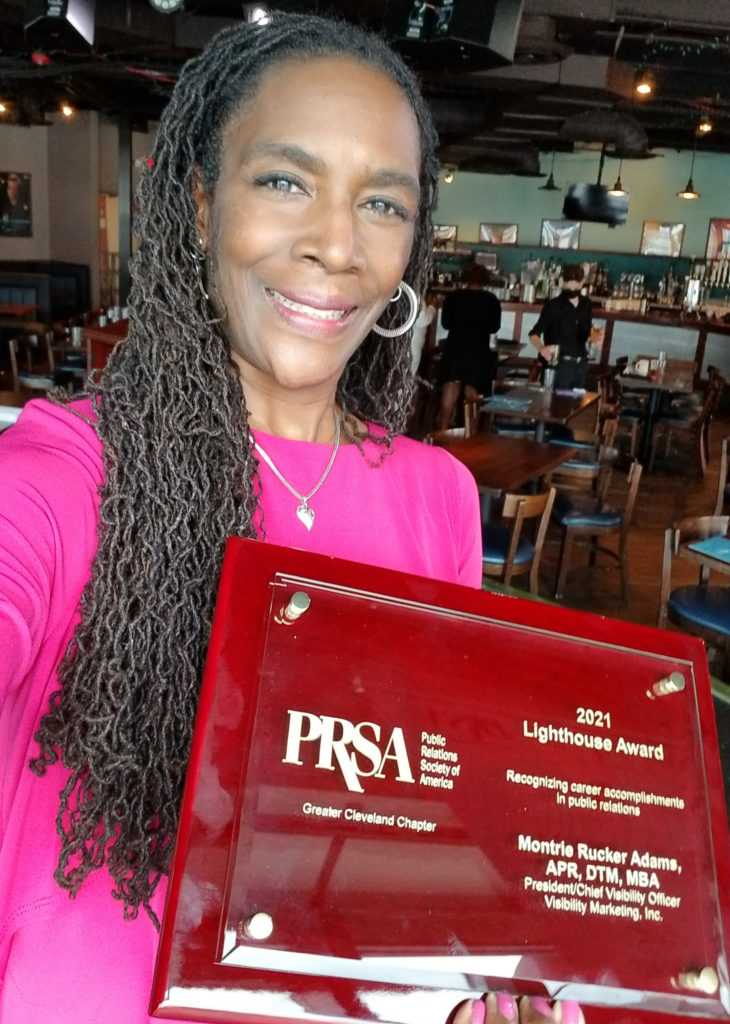I like focus groups. I like to conduct them and participate in them.
The first focus group in which I participated was for a newly designed vehicle. I sat in it, maneuvered the seats, played with the controls, and envisioned driving it. I was also asked my opinion on all the car’s features and benefits. The experience was enlightening. “So, this is how companies test out their new products,” I thought. I felt useful and needed. The best part, however, was the $100 I received as I walked out the door.
It can be difficult finding people to participate in your focus groups. First, they must qualify. If you have a set of criteria, then these must be met first. Then you have to entice them to forgo whatever they had planned and spend time with you.
Offering an incentive increases your chances of getting the quantity and quality you need. Focus groups take time out of people’s schedules. It can be a big commitment. It’s only fair that there is an exchange. They answer questions from you, you give them something as a thank you or reward in return.
What are the best incentives? That depends on many things. The participants. Is your focus group filled with adults? Men? Women? Children? People who have traveled overseas? Children who like playing with certain video games and toys?
Once that’s established, you can think of what may entice someone to spend time with you. Following are a few ideas:
“Take my survey and you will get a chance to win this…or that.” This gives everyone the opportunity to win a prize. If you’re a vacation company it can be a free night in a hotel, or a vacation package.
Feed them and they will do anything for you. Well, not really, but if you offer lunch or dinner during the focus group, the participants see that as a plus, especially if it takes place during normal work lunch and dinner hours.
Cash is usually always king. It’s immediate (you should pay as soon as the focus group ends) and can be used anywhere. It also shows that you value their time and responses.
Gift cards, like cash, are “very much appreciated.” If your client, for whom you’re conducting the focus group, is a retail or restaurant establishment, a gift card to their business is an added plus. They business can rely on new customers and the participants are able to get free merchandise.
Donating to their favorite charity is the best to thank people who already have everything. You notice this a lot on celebrity game shows. They are always playing for their favorite charity. Plus, it makes them look good and scratches their philanthropic itch.
Everyone appreciates a gift. Something they can use that they didn’t buy. Think about all the times you have received a gift or present. Know that writing incentives into your focus group plan will increase its chances of success.








 Day by day, cities are competing with each other to attract tourists, students, businesses, investors and new residents. Consequently, they are increasingly adopting marketing approaches resulting in what is commonly known as city marketing.
Day by day, cities are competing with each other to attract tourists, students, businesses, investors and new residents. Consequently, they are increasingly adopting marketing approaches resulting in what is commonly known as city marketing. By: Daniel Fumero Lázaro
By: Daniel Fumero Lázaro